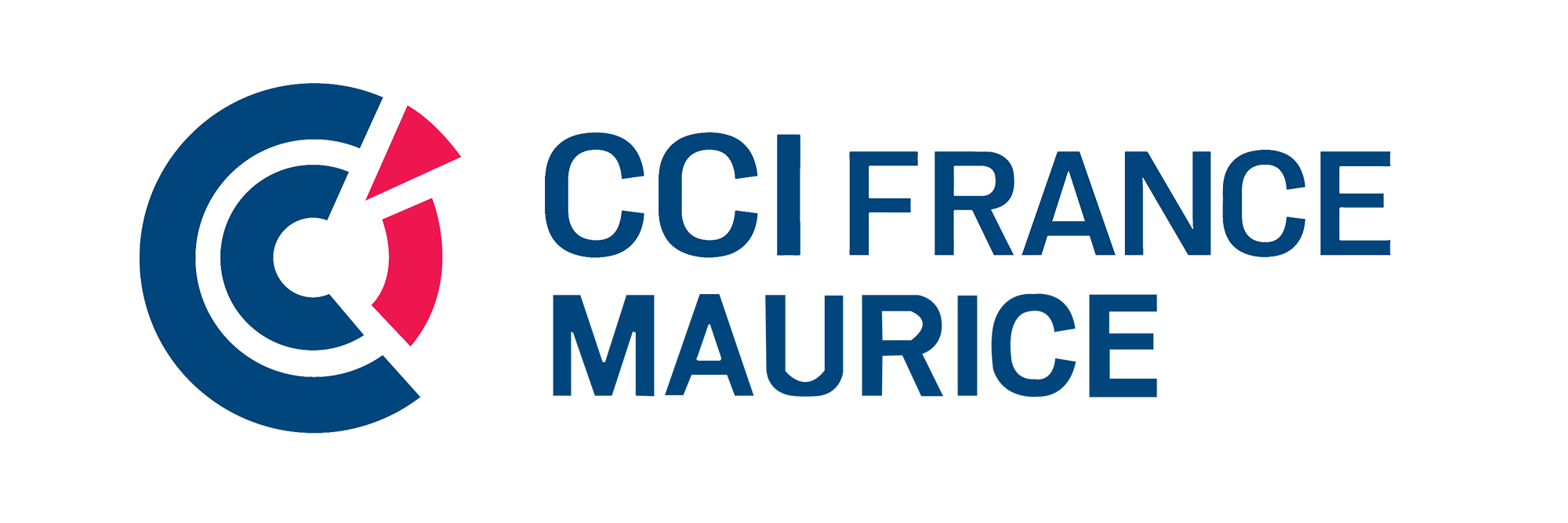In today’s fast-paced work environment, the skills gap is one of the biggest challenges facing employers. Businesses struggle to find employees with the right mix of technical, digital, and soft skills, while technology continues to evolve at an unprecedented rate. Continuous learning has become essential not just for employee growth, but for organizational survival.
According to the World Economic Forum’s Future of Jobs Report 2025, over 50% of all employees will need reskilling by 2027. Companies that fail to invest in learning risk falling behind competitors, losing talent, and facing reduced productivity. On the other hand, organizations that prioritize continuous learning programs empower their workforce, improve retention, and foster innovation.
This article explores why bridging the skills gap is critical, how employers can invest in continuous learning, the measurable benefits, and actionable strategies to future-proof their workforce.
What Is the Skills Gap and Why Does It Matter?
How do we define the skills gap?
The skills gap occurs when employees lack the competencies required to perform their current or future jobs effectively. This can be due to rapid technological changes, evolving industry standards, or insufficient training.
Consequences of ignoring the skills gap include:
Decreased productivity and efficiency
Lower employee engagement and morale
Higher turnover and recruitment costs
Missed innovation and market opportunities
💡 Example: A Deloitte survey found that 44% of executives cite skills shortages as the top risk to business growth, highlighting the urgent need for proactive learning initiatives.
Why Continuous Learning Is the Key Solution
How does ongoing training close the gap?
Continuous learning equips employees with up-to-date knowledge, relevant technical skills, and critical soft skills. It ensures that workers can adapt to new tools, technologies, and processes without disruption.
Benefits of continuous learning:
Keeps teams relevant in a rapidly changing environment
Enhances employee engagement and satisfaction
Reduces recruitment costs by developing talent internally
Encourages innovation and problem-solving
According to LinkedIn’s 2024 Workplace Learning Report, 94% of employees would stay longer at a company that invests in their learning and development.
What Types of Learning Programs Are Most Effective?
Which formats best address the skills gap?
Employers have multiple options for continuous learning, depending on the workforce and industry.
Popular methods include:
Online courses and e-learning platforms for technical skills
Workshops and seminars to enhance soft skills
Mentorship programs for leadership development
AI-driven adaptive learning tools to personalize training paths
💡 Example: Companies implementing blended learning programs report up to 30% faster skill acquisition and higher employee satisfaction than traditional classroom-only approaches.
How Can Employers Measure the Impact of Continuous Learning?
What metrics show success?
Investing in learning is important, but measuring results ensures the programs are effective. Metrics include:
Employee performance improvements in key tasks
Retention and engagement rates post-training
Internal promotion and career progression
ROI of training programs compared to hiring externally
🔍 Example: A PwC study showed that organizations with robust continuous learning programs experience 17% higher productivity and 21% lower attrition rates than companies without structured learning initiatives.
How Technology Supports Continuous Learning
Can AI and digital tools enhance employee development?
Absolutely. Technology plays a crucial role in delivering scalable, personalized, and measurable learning programs.
Tech-enabled solutions include:
Learning management systems (LMS) for tracking progress
AI-powered skills assessments and personalized training paths
Virtual reality (VR) for immersive skill development
Collaboration platforms for peer-to-peer learning and mentoring
💡 Example: AI-driven platforms can recommend courses based on employee skill gaps, reducing training time by 25–30% and ensuring resources are focused on high-impact areas.
Best Practices for Implementing Continuous Learning Programs
How can companies successfully invest in skill development?
Successful learning programs combine strategy, culture, and technology.
Best practices include:
Conduct a skills gap analysis to identify training priorities
Provide accessible, flexible learning options for all employees
Encourage a culture of lifelong learning and curiosity
Integrate learning with performance management and career paths
Monitor progress and adjust programs based on feedback
💡 Example: Companies like Breedj not only recruit talent globally but also implement ongoing learning initiatives to bridge skill gaps and ensure employees remain competitive and engaged.
Bridging the skills gap is no longer optional it’s critical for business growth, innovation, and competitiveness. Employers who invest in continuous learning empower employees to adapt, thrive, and take on new challenges.
By combining structured programs, technology, and a culture of growth, companies can retain talent, improve productivity, and stay ahead of the curve. Platforms like Breedj demonstrate that global recruitment can be ethical, strategic, and skill-focused, ensuring teams are ready for the future.
👉 Start closing your skills gap today: invest in continuous learning, empower your workforce, and drive sustainable growth.














